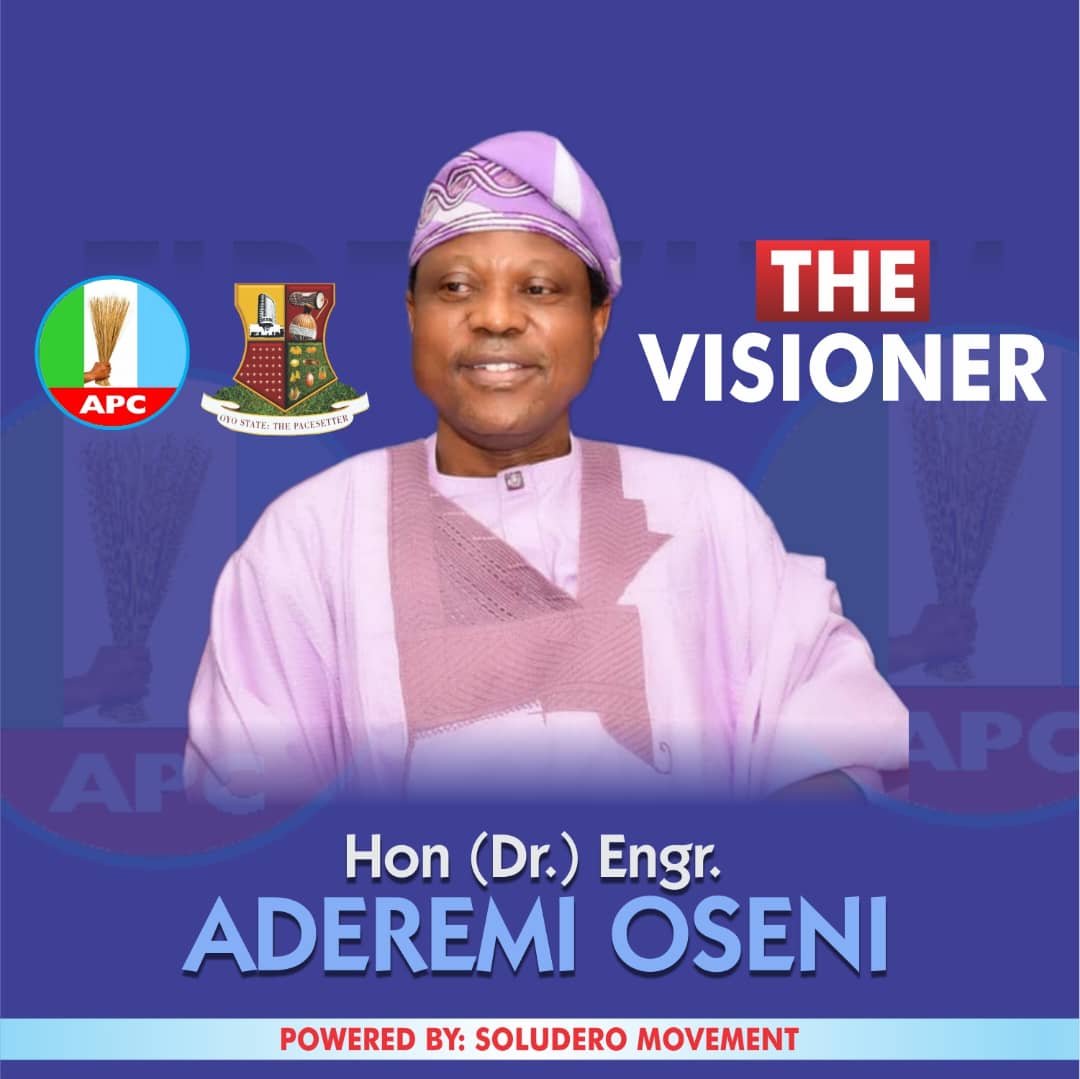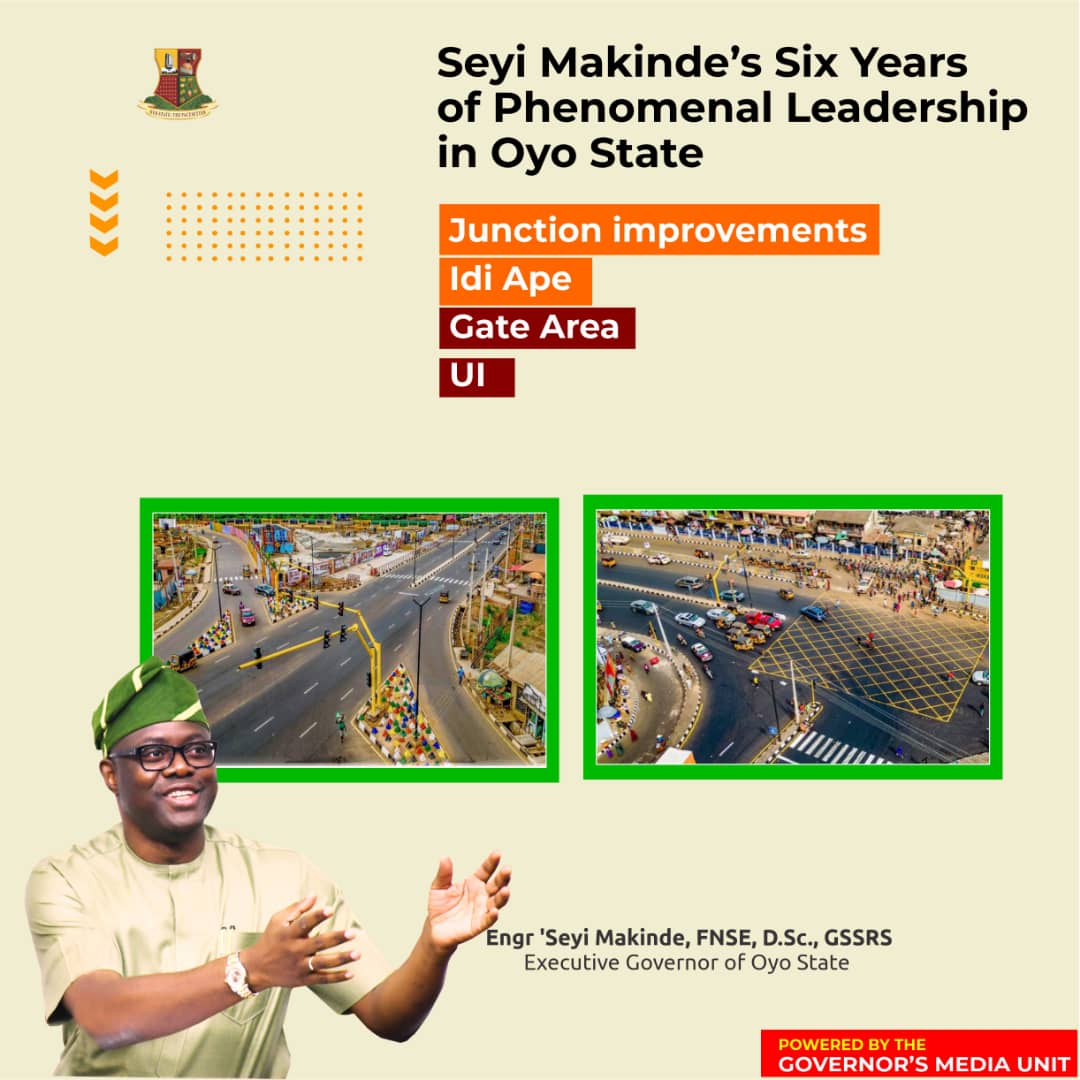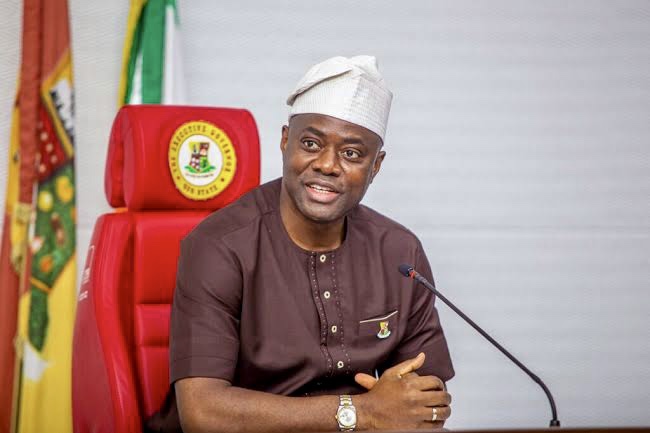A 2013 research conducted by Anandi Mani, Sendhil Mullainathan, Eldar Shafir and Jiaying Zhao, all of Princeton University in the United States of America, found out that poverty is the greatest enemy of humanity. The study, Poverty Impedes Cognitive Function, found out that poverty and all its related concerns require so much mental energy to manage that those battling with dearth of money have less brain power left to devote to other areas of life.
The researchers aver that being poor hinders a person from concentrating on the thoroughfare out of poverty. According to their findings, a poor person’s cognitive function is swallowed by the constant and all-consuming effort of coping with the immediate effects of having little money, such as scrounging to pay bills and cutting costs. Thus, the person is left with fewer “mental resources” to focus on complicated, indirectly related matters such as education, job training, personal development and even time management, all of which are necessary for him to experience the desired change.

So, poverty keeps the poor so embroiled in coping with lack that they can’t break out of that circle to generate more income or create wealth. Therefore, more often than not, the poor can’t liberate themselves from poverty; they require an external force to pull them out of the mire. This is why many governments have come up with series of programmes to alleviate poverty but unfortunately, the more they try, the more poverty thrives because most poverty alleviation strategies are an anathema to poverty eradication. I explicate presently.
Poverty alleviation and wealth creation are similar phenomena which produce two different results because they have two different targets. While poverty alleviation is aimed at helping people cope with poverty through palliatives, the focus of wealth creation is to rid the poor of their poverty by giving them opportunities that would enable them to generate wealth on their own. These two phenomena deploy different strategies; hence the different results they achieve.

Understanding the difference between poverty alleviation and wealth creation, Governor Seyi Makinde of Oyo State, in his response to the hardship occasioned by the removal of subsidy on Premium Motor Spirit did not just roll out palliatives for the people, rather he came up with an intervention that would result in wealth creation by the people. The intervention, christened the Sustainable Action for Economic Recovery (SAfER), is not just meant to tide people over, it is targeted at making their lives better by empowering them to become wealth creators.
Underscoring this fact, Makinde had said during a broadcast to herald the intervention that “We considered the importance of using these economic packages to stimulate our economy and bring about sustainable development.”

So, the rationale behind this intervention by Governor Makinde is unmistakable; it is to achieve sustainable development. This is both purposeful and strategic because while development puts poverty on the run, sustainable development keeps poverty perpetually at bay.
Let’s unpack the SAfER package to drive home this point.
The SAfER package comes under six major headings which can further be categorized into two, each of which is primed to achieve specific results.
The first category consists of:
Food Relief Package which focuses on the provision of various food items to over 200,000 poorest of the poor households in the state.
Transportation – This has to do with the reduction of fares for commuters on state-owned mass transit buses with 50 per cent discount for students and the aged, the extension of bus routes to hitherto uncovered areas as well as the introduction of inter-city Omituntun buses to link geo-political zones.
Healthcare support – Under this scheme, the government will be providing health insurance for 100,000 of the most vulnerable citizens. It will also pay their one year health insurance premium under the Oyo State Health Insurance Agency (OYSHIA) scheme. In the same vein, the government will pay the health insurance premium for all pensioners under OYSHIA scheme. Any pensioner who has already made payment will be refunded.
These are not tokenism, neither are they intended to alleviate poverty. The essence of these is to address what Mani et al identified in their research earlier referenced that the major challenge confronting the poor is the devotion of the greater part of their mental power to daily survival such that what is left of their brain energy is insufficient to birth the desire for a better life.
When the poor are assured of food, are able to commute and are not afraid of sicknesses, their cognition is free to consider life-enhancing activities; they are emboldened to dream of an improved life, become conscious of available opportunities, and take steps to free themselves from the shackles of poverty. Consequently, they challenge themselves to try new things, engage in capacity development and invariably become better, stronger and richer.
So, Governor Makinde is not just throwing money at the poverty problem; he takes deliberate actions to defeat poverty in Oyo State by attacking its root cause.
The second category of the SAfER intervention is made up of the following:
Food Security – This intervention is aimed at providing input support for 10,000 farmers in the state.
Agropreneurial support programme – Through this, young agropreneurs under the Youth Entrepreneurship in Agribusiness Project (YEAP), who have established businesses, would have access to N500 million loans to improve their agricultural enterprises.
SMEs Stimulation Package – The focus of this is the provision of N500 million low interest rate loans for Small and Micro Enterprises (SMEs), including traders, artisans and other small business operators in the state through microfinance banks.
These are deliberate actions targeted at those who are not encumbered by the burden of daily survival. These are individuals imbued with entrepreneurial spirit who have already identified needs in the society and are taking steps to meet those needs but require support to live their envisioned dreams.
Imagine each of the 10,000 farmers to be supported by the government producing enough to feed 1,000 persons; the import is that together the farmers would produce enough to feed 10million people. That is more than the current population of Oyo State. If that is consistent over a period of time, not only would the state be self sufficient in food production, it would have enough to sell to other states. Consequently, both the state and the beneficiaries would become better; the beneficiaries would become employers of labour and create more wealth, while the state would not only have a reduction in the rate of unemployment and a slide in the level of poverty, it would also record a hike in its revenue.
The same goes for both the agropreneurial support programme and SMEs stimulation package. If the beneficiaries each has N1million injected into their businesses, this would result in their productivity improving, their profitability increasing and their ability to employ more people scaling. Invariably, not only would these beneficiaries become better in their enterprises, each of them would become a wealth creator and an employer of labour.
Now imagine the impact of about 20,000 new businesses that consistently create wealth in Oyo State. That is unstoppable development!
Governor Makinde understands the immense power that he wields as a leader and he is poised to deploy it for the greatest good of the greatest number of Oyo State people. One of the proofs that Makinde is single-minded on achieving this is the SAfER intervention, which would not only rescue hundreds of thousands from the jaws of deprivation but would also produce tens of thousands of new wealth creators.
Now, is there a safer way to sustainable development than Makinde’s SAfER?
Olanrewaju is the Chief Press Secretary to Oyo State Governor

